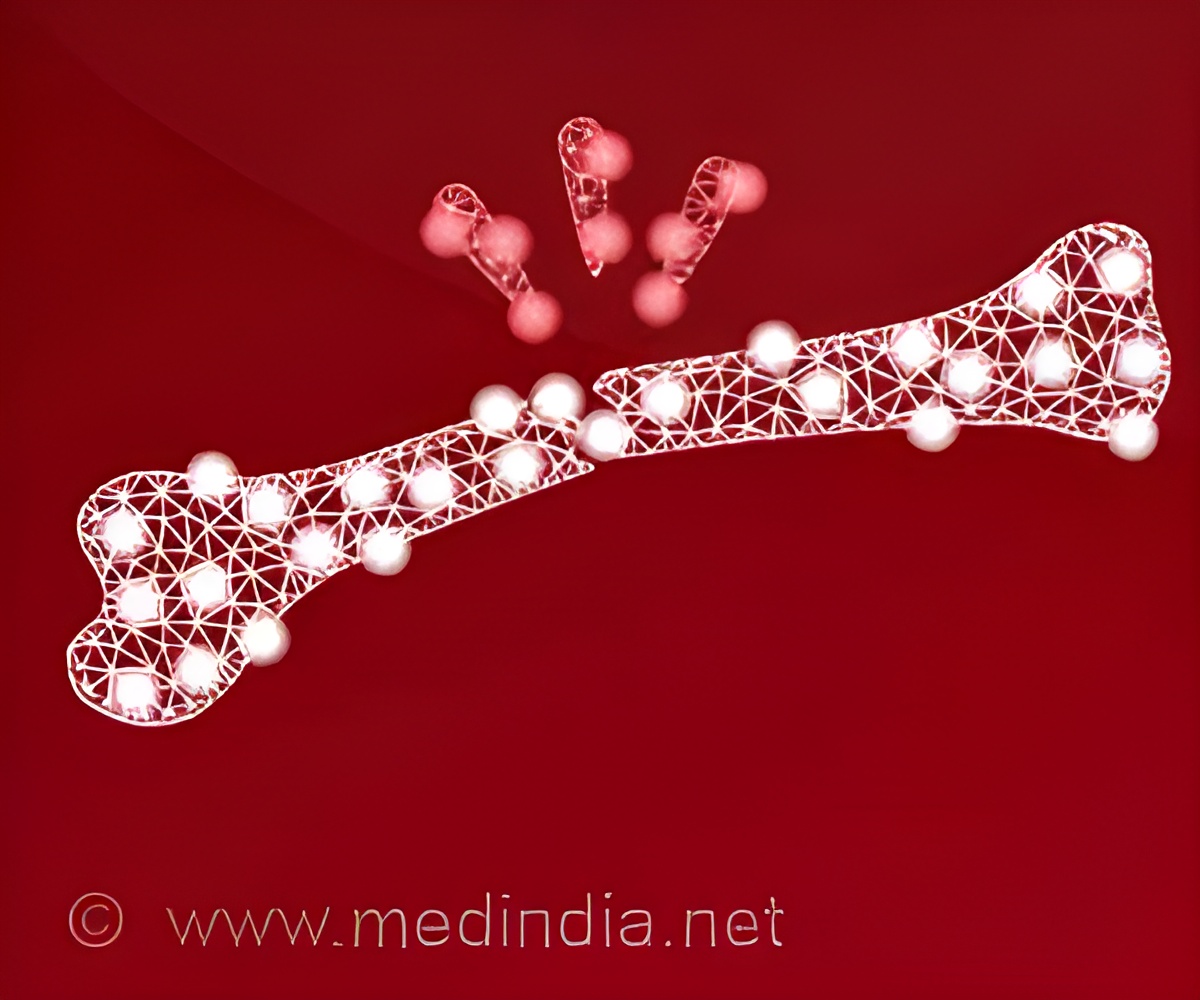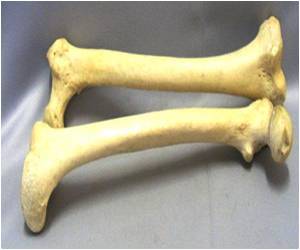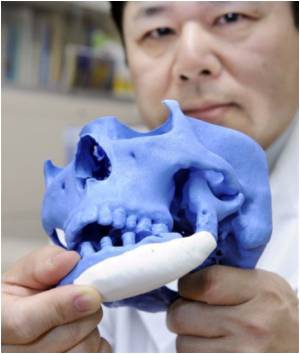Novel hydrogels could significantly improve current biomaterial-based therapeutics to repair bone defects, reveals a new study.

‘Novel hydrogels could significantly improve current biomaterial-based therapeutics to repair bone defects.
’





The study suggests that in the near future the next generation of hydrogel systems could greatly improve current biomaterial-based therapeutics to repair bone defects.Hydrogels are biomaterials that are made up of a 3D network of polymer chains. Due to the network's ability to absorb water and its structural similarities to living tissue, it can be used to deliver cells to defective areas to regenerate lost tissue. However, the small pore size of hydrogels limits the survival of transplanted cells, their expansion, and new tissue formation, making this less than ideal for regenerating tissue.
One material that has caught on in the field of biomaterials is the naturally occurring mineral, clay. Clay has become an ideal additive to medical products with no reported negative effects. It has been shown to be biocompatible and is readily available.
The clay is structured in layers, with the surface having a negative charge. The unique layered structure and charge were important to researchers as their hydrogels had a positive or opposite charge. When the hydrogel was inserted into the clay layers, through a process called intercalation chemistry, the end result was a clay-enhanced hydrogel with a much more porous structure that could better facilitate bone formation.
Once they had their clay-enhanced hydrogel, the researchers used a process called photo-induction, or the introduction of light, to turn their new biomaterial into a gel, which would make it easier to be injected into their mouse model.
Advertisement
"This research will help us develop the next generation of hydrogel systems with high porosity and could greatly improve current bone graft materials," said lead author Min Lee, professor of biomaterials science at the UCLA School of Dentistry and a member of the Jonsson Comprehensive Cancer Center. "Our nanocomposite hydrogel system will be useful for many applications, including therapeutic delivery, cell carriers, and tissue engineering."
Advertisement
Source-Eurekalert










